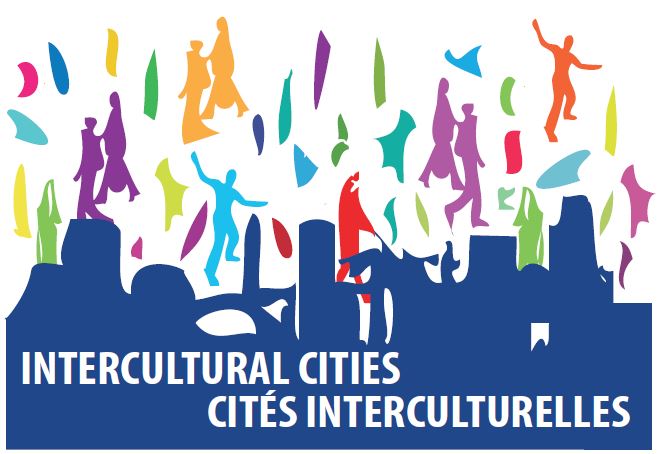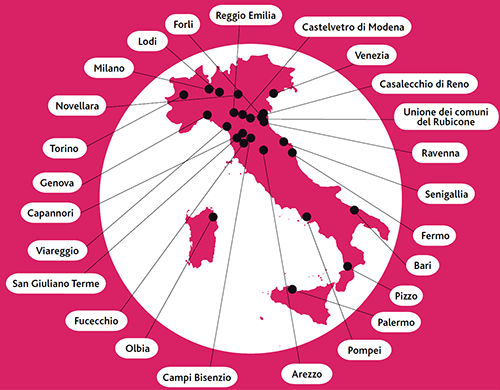Parma, Italy - Intercultural City

Parma is a city of 197,018 inhabitants, located in the Emilia Romagna region of northern Italy, halfway between Bologna and Milan. It covers an area of 260.8 km².
Parma was founded in 183 B.C. by the Romans and immediately became an important centre of reference for the entire area: the construction of the Via Emilia (187 B.C.) fostered a profound and rapid development of agriculture and sheep farming throughout the surrounding area.
Throughout history, the city became the seat of the Duchy, it was governed by the Farnese family and later by Maria Luigia of Austria, second wife of Napoleon Bonaparte, who made it a great capital, rich in monuments and works of art. Parma is also a city of music: the leading Italian composer of opera, Giuseppe Verdi, and the orchestra director Arturo Toscanini, were born there.
Parma is in the centre of what is called the “Italian Food Valley” with an overall high employment rate of 71,1% (15-64 years) totalling 78,8% of the male and 63.2% of the female populations.
Agriculture claims 2.5% of employment, industry 30.5% (dominated by the agri-food industry) and services 67.0%. Industry has a strong export component, particularly in the engineering industry for food, agri-food and pharmaceutics.
Parma has been home to the European Food Safety Agency (EFSA) since 2003.
Parma was the first Italian city to be designated as a UNESCO Creative City for Gastronomy in 2015 and became the Italian Capital of Culture 2020-2021.
Some numbers:
- Green spaces: 140 km of bicycle lanes, 8 parks, 97,7 sqm of green spaces in urban area per inhabitant
- Culture: 8 theatres, 5 libraries, 3 arthouse cinemas, 1 international library
- Sport: 134 municipal sports facilities, 48 indoor sports facilities, 54 outdoor sports facilities, 6 swimming pools
As of 31 December 2022, 34,886 residents with non-Italian citizenship were regularly registered in the registry of the territory of the City of Parma, accounting for 17.7% of all residents. They come from 142 different countries, the majority of them having the citizenship of a state on the European continent (43.7%) or from a state on the African continent (31.8%).
A more thorough analysis indicated that citizens from the Balkans, such as Romania, Moldova and Albania, are the most represented in the City of Parma, with a good number also from the Philippines (2,787).
About 94% of the foreigners residing in the City of Parma are under 64 years old compared to about 77.6% of the overall residents and 74% of the residents with Italian citizenship.
On average, households consist of fewer than 2.1 members (the average in Italy being 2.3). Single-person households are steadily increasing and represent 43%, while couples with children, once the largest family type, are now less than 30%.
Compared to 2011, the level of education has increased: while in 2011 residents over 9 years old with, at most, a high school diploma accounted for 58.6% of the population, in 2021 they are 39.2%; those with a diploma or higher degree have increased from 51.5% in 2011 to nearly 60.8% in 2021.
The Municipality of Parma has long been involved in initiatives aimed at giving relevance to a culture of peace and non-violence, to reaffirm equal dignity of human beings, to promote non-violence as a method of conflict resolution, to encourage interfaith as a tool for dialogue between communities on the fight against indifference, and to promote peace also as a path that recognises the equal dignity of individuals and peoples.
- What is the ICC Index?
- Parma Results

Michele GUERRA





